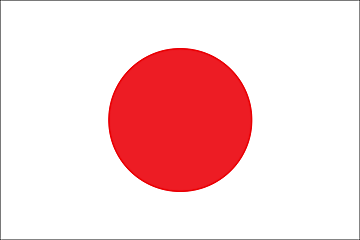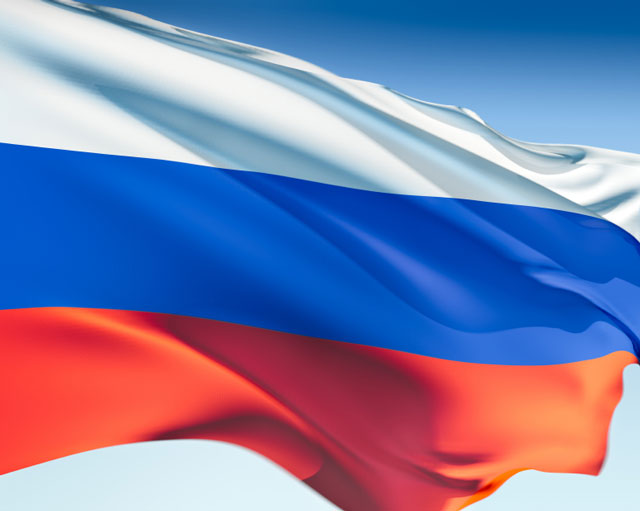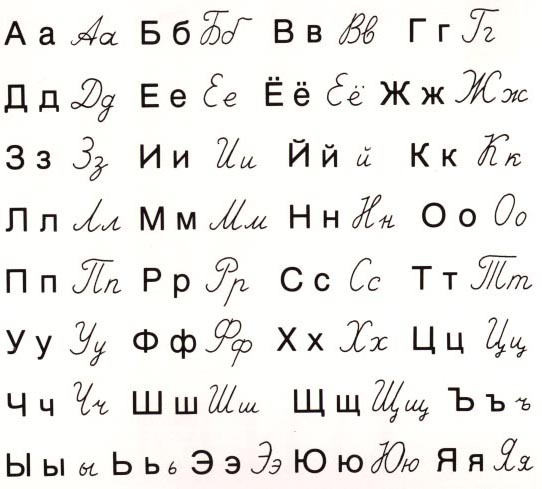 日本語. This is the language I am most proficient in besides English. (English, as you may guessed, is my first language.) And so I am here to talk about the Japanese Language. Before you embark on the tedious study of the Japanese language, you should know a few things.
日本語. This is the language I am most proficient in besides English. (English, as you may guessed, is my first language.) And so I am here to talk about the Japanese Language. Before you embark on the tedious study of the Japanese language, you should know a few things.
First of all, in spite of everything I'm about to say, it's not as hard as it sounds. Japanese is a very formulaic and predictable language, and you can learn to say a great deal in a short amount of time if you let go of the English expectations and embrace the formula. Second, there are three writing components to the writing system of Japanese, and two of them have the same sets of sounds. Take your time when learning the Kana, or you will get confused. The Kanji is the third component, and one I've only just begun to embark on learning myself.
The last thing that you should know is that there are two kinds of Japanese: Formal and Informal. What you will learn in any beginning course is the formal variety, which is just fine. Pay attention, no matter how tedious and pointless all the word forms seem: Even though you don't use them right away, you WILL when you learn to speak casually.
Now lets get started. There are five basic sound categories in Japanese.
A (Aw like in "father")
I (ee, like in "Hawaii")
U (oo, like in "tool")E (Eh, like in "Cafe`")
O (o, like in "Oval")
Now we have the Hiragana. Hiragana is one of the two Kanas. Each character represents a single syllable. (Such as Gi, Ka, Ru, etc.) It is used for Japanese words only.
Above is a Hiragana chart with the Pronunciation, Ten-tens, and mixed sounds. The Ten-tens are the little marks next the characters that look like Quotation marks. ( " ) When a character has a ten-ten next to it, it changes the sound it makes. All "K" sounds become "g" so "ka" becomes "ga", and so forth. "Shi" becomes "Ji", All "h" become "b". Also in this chart is a mark next to some characters that looks like a degree symbol. It turns "h" to "p" and other demonstrated changes. If you're confused, there are LOTS of good Hiragana charts
HERE. Mixed sounds are made with the "y" group. (YA, YU, YO) And are very smooth sounding. THey are written with the blended 'y' sound small and very close to the originating syllable. So "KA" and "YO" put together are blended to "KYO" and so on.
What this chart doesn't show, is stroke order. Stroke order is only really important when working with brushes or markers, but it makes it easier to learn as you go. You can look at the stroke orders through Google.
Katakana uses the same sound system as Hiragana, but with different symbols. It is used to spell out foreign words. ("Ice Cream" for example.)

You can get more Katakana charts
HERE.Katakana is the same bag as Hiragana, just different symbols.
Other little things you should know:The character "WO" is pronounced as "O" but it only used as a particle, never in a word.
When you write out Japanese sounds in English letters, it is called Romaji. (The word Romaji is in romaji)
And here you have the beginnings of Japanese.
 РУССКИЙ. Russian is a very difficult language for English speakers to learn. It's sentence structure is very similar to English in many ways, and so if it is the first language you're learning, you may have an advantage. People who have studied other languages may be all too away that sometimes the sentences are different. This can make you too timid to attempt Russian sentences.
РУССКИЙ. Russian is a very difficult language for English speakers to learn. It's sentence structure is very similar to English in many ways, and so if it is the first language you're learning, you may have an advantage. People who have studied other languages may be all too away that sometimes the sentences are different. This can make you too timid to attempt Russian sentences.




